

Queer Places:
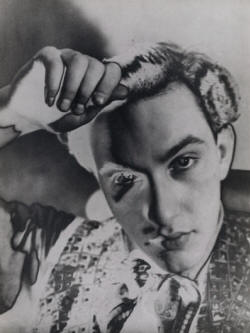 Francis Goodman (June 23, 1913 - 1989) was an English photographer; his subjects came from the worlds of art, design, film and high society. The majority of Goodman’s early work was lost during World War II but his surviving collection of original negatives was bequeathed to the National Portrait Gallery in 1989. Goodman’s career
spanned from the 1930s to the 1970s. Among his portraits artists Pietro Annigoni,
Francis Bacon,
Lucian Freud, and writers
Margery Allingham,
Noël Coward,
Patricia Highsmith and
Nancy Mitford.
Francis Goodman (June 23, 1913 - 1989) was an English photographer; his subjects came from the worlds of art, design, film and high society. The majority of Goodman’s early work was lost during World War II but his surviving collection of original negatives was bequeathed to the National Portrait Gallery in 1989. Goodman’s career
spanned from the 1930s to the 1970s. Among his portraits artists Pietro Annigoni,
Francis Bacon,
Lucian Freud, and writers
Margery Allingham,
Noël Coward,
Patricia Highsmith and
Nancy Mitford.
Born Francis Julian Gutmann on 23 June 1913 in London to German-Jewish parents, ‘Franzie’ was brought up in Munich from 1919, where he first experimented with photography on a Box Brownie camera. He returned to London in 1931 and anglicised his surname in 1938. At this time he became apprenticed to photographer Shaw Wildman and later worked with avant-garde photographer Peter Rose-Pulham at his Berkeley Square studio, later taking over Rose-Pulham's studio. Gutmann also printed for Cecil Beaton. During this period Goodman established himself as a fashion photographer. His early fashion photographs appeared in Vogue and Harper’s Bazaar magazines, while his society portraits were published in The Sketch. Early society subjects included Anna May Wong and Gertrude Lawrence. From 1940, he changed his name to Goodman, and during the 1940s and 1950s his images appeared in Tatler and Bystander.
The years of the Second World War saw Goodman move to the RAF’s Photographic Interpretation Unit. He returned to portraiture in 1945, and began working on location with three portable flood lights and a Rolleiflex camera. He returned to portraiture in 1945, and began working on location with three portable flood lights and a Rolleiflex camera. Most of his work appeared regularly in The Tatler and Bystander from the mid 1940s until the late 1950s.
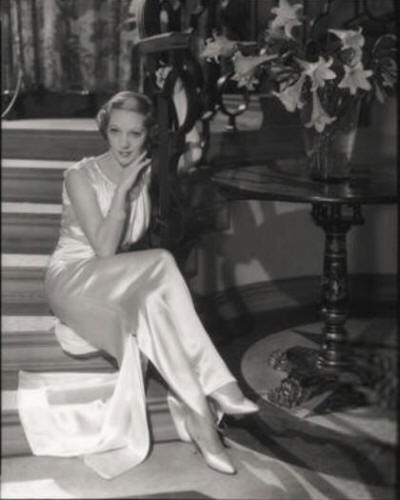
Gertrude Lawrence
by Francis Goodman
5 x 4 inch film negative, 1934
Photographs Collection
NPG x68807
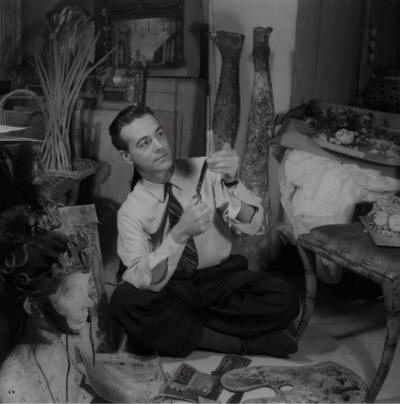
Oliver Messel
by Francis Goodman
2 1/4 inch square film negative, 1945
Bequeathed by the estate of Francis Goodman, 1989
Photographs Collection
NPG x39504
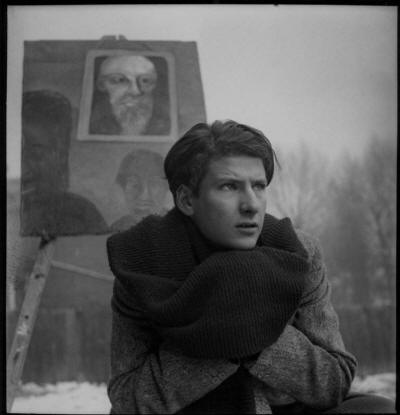
Lucian Freud c.1945
Francis Goodman (1913–1989)
National Portrait Gallery, London
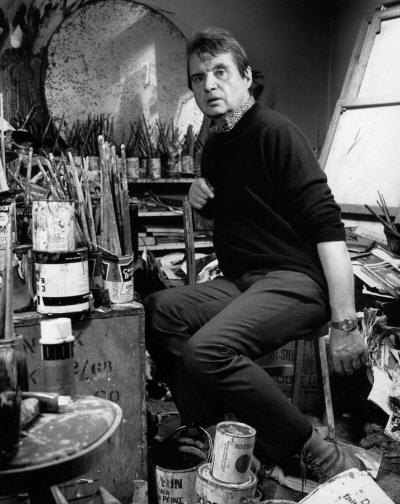
Francis Bacon
Francis Goodman (1913–1989)
National Portrait Gallery, London
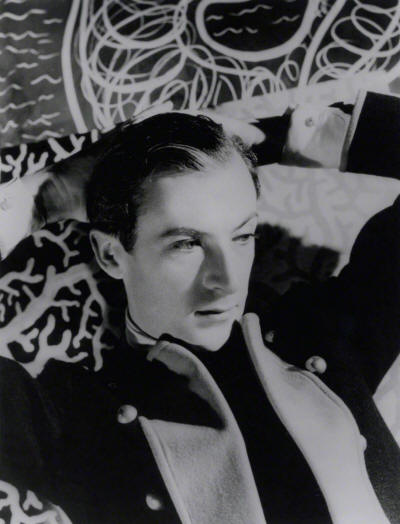
Cecil Beaton
Francis Goodman (1913–1989)
National Portrait Gallery, London
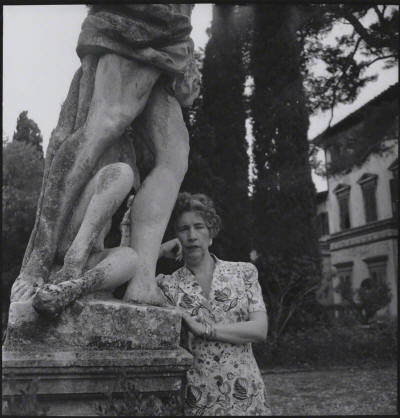
Violet Trefusis, née Keppel
Francis Goodman (1913–1989)
National Portrait Gallery, London
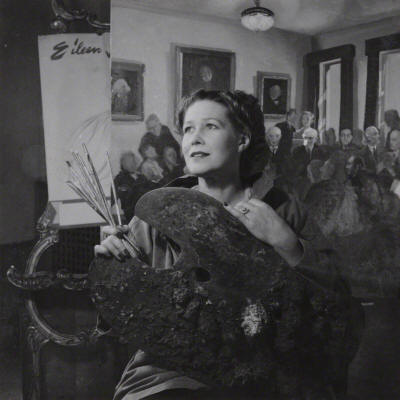
Anna Zinkeisen
Francis Goodman (1913–1989)
National Portrait Gallery, London
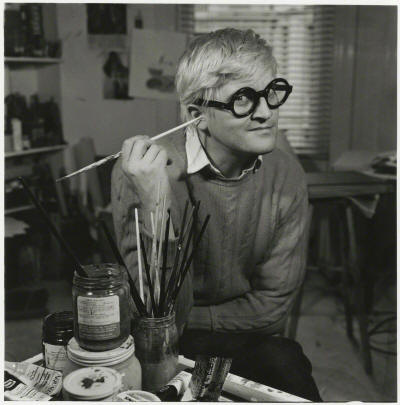
David Hockney
Francis Goodman (1913–1989)
National Portrait Gallery, London
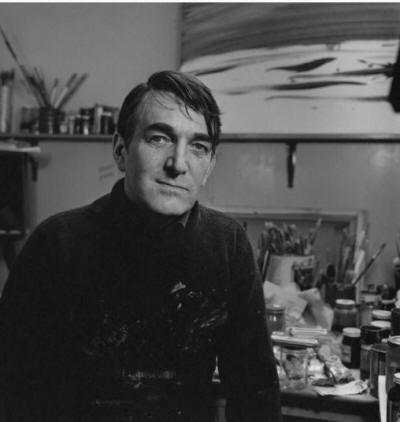
Denis Wirth-Miller
by Francis Goodman
2 1/4 inch square film negative, 1971
Bequeathed by the estate of Francis Goodman, 1989
Photographs Collection
NPG x195552
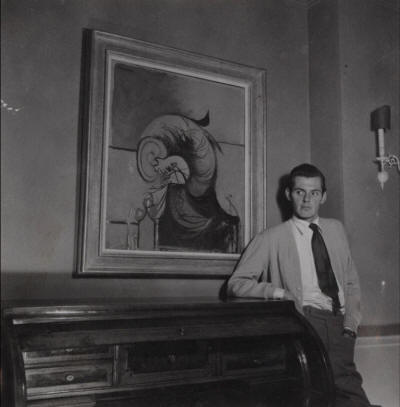
Geoffrey Bennison
by Francis Goodman
bromide contact print, 1946
2 1/8 in. x 2 1/8 in. (55 mm x 53 mm) image size
Purchased, 1988
Photographs Collection
NPG Ax39639
In the 1950s, Goodman continued to take society portraits and also recorded costume balls, parties and book launches. His fashion photographs, which often featured famous actors and designers in the early stages of their careers, continued to be published in magazines such as The Tatler and Bystander, and also in Gentlemen’s Quarterly and Cloth and Clothes. He captured the trendsetters of the day including Terence Conran in 1952, and Patrick Lichfield and Douglas Fairbanks Jr in the 1960s.
Goodman also began working as a travel photographer with the aim ‘to finish the world before it finished me.’ He worked for P&O and Union Castle liners, and travelled with Royal Air Force Transport Command to complete assignments in Hong Kong, Singapore and Borneo. In the 1960s, he was employed by the tourist boards of the Bahamas, Barbados and Jamaica, where he photographed well-known personalities holidaying there. In 1966, Goodman gained his ‘first regular job’ with the British Cycling Bureau, photographing famous sitters on bicycles and writing accompanying articles. It was in Jamaica that Goodman took the last photographs of Ian Fleming on his estate ‘Goldeneye’.
Goodman did not become wealthy through photography, but always believed in being well-dressed and keeping a fashionable London address. Personable and popular, he was always modest about his achievements. Goodman died in 1989 and bequeathed his remaining archive of negatives to the National Portrait Gallery. These negatives form the basis of this display celebrating the centenary of his birth and can now refocus attention on his achievements.
Constantia Nicolaides, Photographs Cataloguer, National Portrait Gallery, London, says: ‘When Francis Goodman died, he left the National Portrait Gallery two laundry baskets containing his archive. The baskets are long gone, but their contents can now tell the story of this forgotten yet hardworking and modest photographer, while revealing intriguing portraits of some of the twentieth-century’s greatest cultural figures’.
My published books: